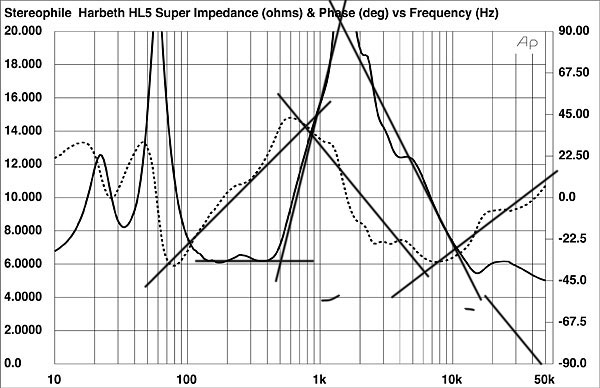In a multi-driver loudspeaker, the impedance continually changes with frequency. Except as noted above, the cable can be considered mostly 'R'.
Think of it as a series circuit, with the speaker impedance changing and the cable 'R' staying the same at different frequencies.
* * * * * * * * *
you have to consider the speaker impedance at different frequencies.
* * * * * * * * *
where is the { 2 pi f } at different frequencies in your formulas?
I only looked at spot frequencies, since for the range I looked at it is linear (no xover).
To do a full analysis you need matlab or something and input the speaker Z curve which is complex.
In my case, cable 20 Hz to 20 kHz
Z ~ 0.05 to 0,38 Ohm, phase 0 to 82 deg
Speaker ranges from 6 to 20 Ohm +/- 40 deg
Cable has little impact
You could look at worst cases
Speaker min/max low f and same for high f vs cable at those points..
But still the cable has little impact electrically
In some regions a piecewise linear analysis may suffice
Using octaves since log (you could convert but this illustrates more clearly imho)
2-10 k, 2.25 Oct
Z = -4 x fo + 18
at oct or 4 kHz
Z = -4 x 1 + 18 = 14, graph ~14, so close
